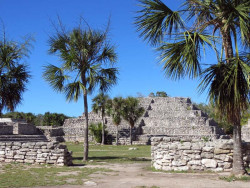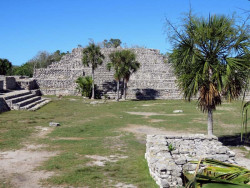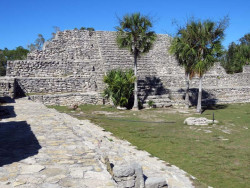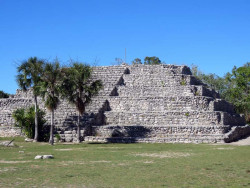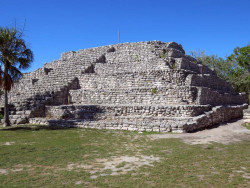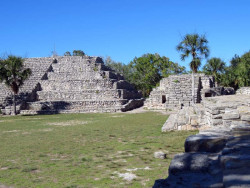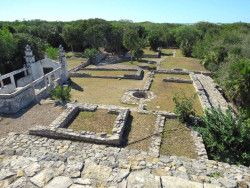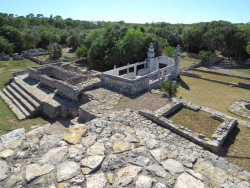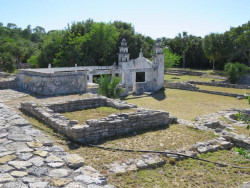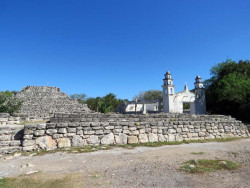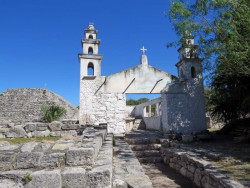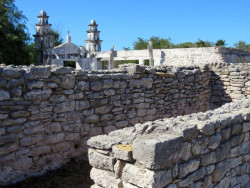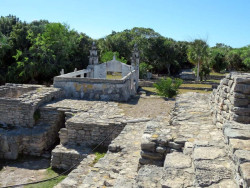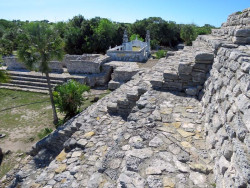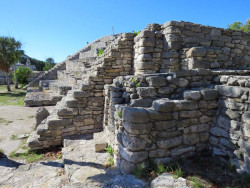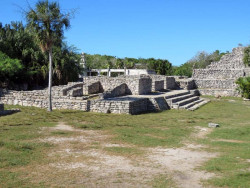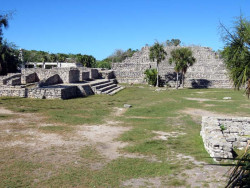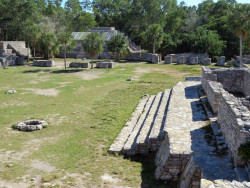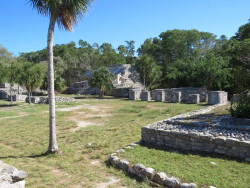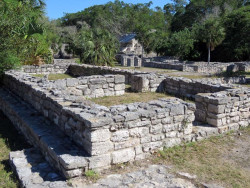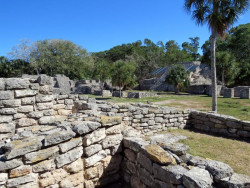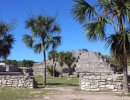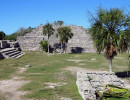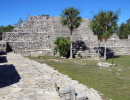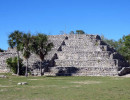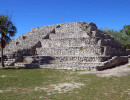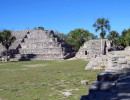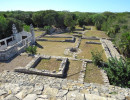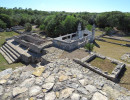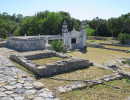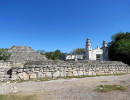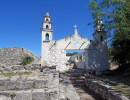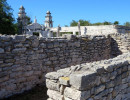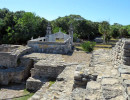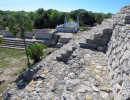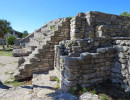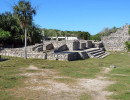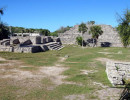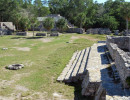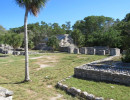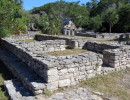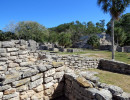- You are here:
- Home
- Man-made
- Archeological Sites
- Xcampo in Mexico
Xcampo in Mexico
-
xcampo
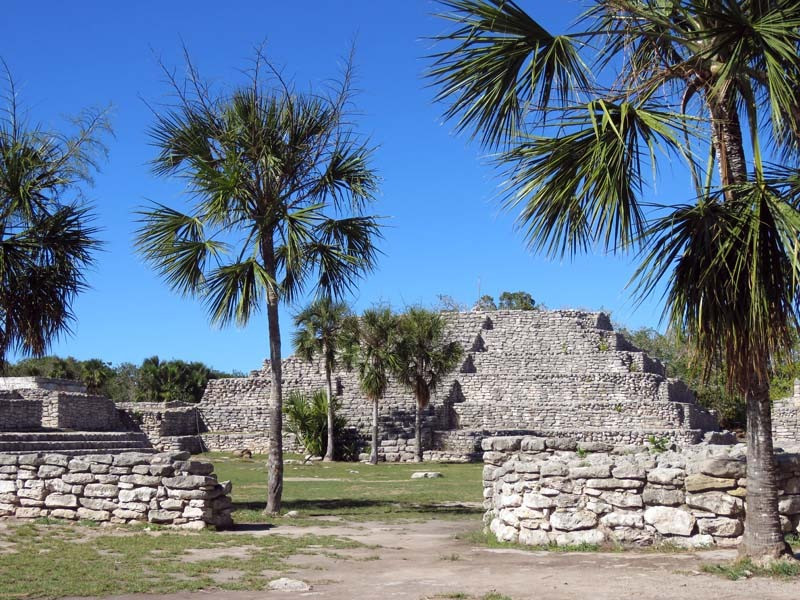
-
xcampo
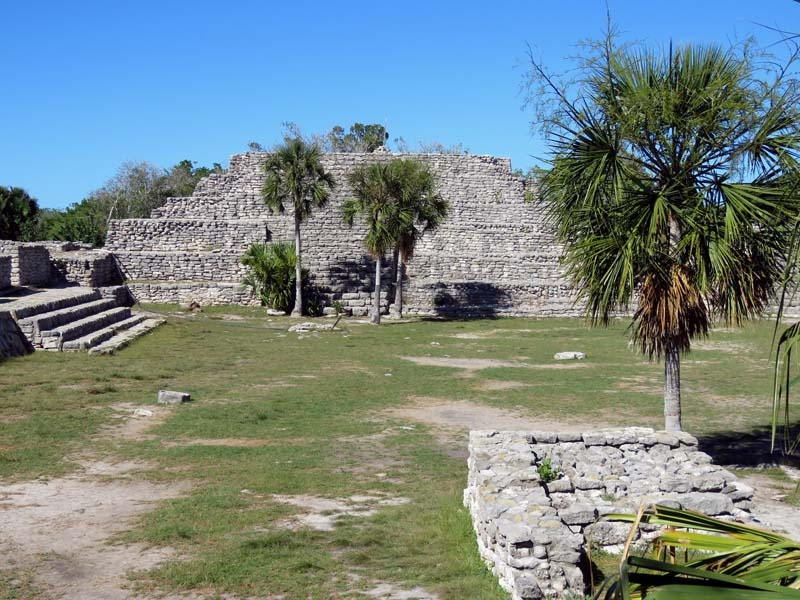
-
xcampo
-
xcampo
-
xcampo
-
xcampo
-
xcampo
-
xcampo
-
xcampo
-
xcampo
-
xcampo
-
xcampo
-
xcampo
-
xcampo
-
xcampo
-
xcampo
-
xcampo
-
xcampo
-
xcampob
-
xcampo
-
xcampob
-
xcampoc
-
xcampo
-
xcampo
-
xcampo
-
xcampob
-
xcampo
-
xcampo
-
xcampo
-
xcampo
-
xcampo
-
xcampo
-
xcampo
-
xcampo
-
xcampo
-
xcampoa
-
xcampo
-
xcampo
-
xcampo
-
xcampo
-
xcampo
-
xcampo
-
xcampo
-
xcampo
-
xcampo
-
xcampo
-
xcampo
-
xcampo
-
xcampo
-
xcampo
-
xcampo
-
xcampo
-
xcampo
-
xcampo
-
xcampo
The Pre-Columbian Mayan Site of Xcampo in Mexico
Xcampo was an important trading city that specialized in salt production that was exported throughout the Mayan Peninsula. The name of Xcambó comes from the Maya meaning Celestial Crocodile or Place where barter is carried out, for the history and the vestiges that have been found in this site, the most probable thing is that the real meaning is Place where barter is carried out.
Xcambó was erected as a commercial port and its function consisted in the administration of salt and marine products, as well as being the center for the gathering of local, regional, and supra-regional goods.
During the Late Classic Period (830 – 950 AD) the number of coastal sites increased, some of which were densely populated. Thus, in the central part of the northern coast, sites such as La Providencia and Xcambó emerged as major centers of salt production, where Xcambó must have been the most important. But, by the end of the Late Classic Period Xcambo had lost its influence and the site was gradually abandoned. There have been no stelae or other monuments recovered to help in identifying its rulers or political associations.
In Xcambó there’s the main square where the largest buildings are located. Pyramid of the Masks is the most recognized of the Xcambó Architecture, it presents at least three construction periods and several renovations. In its final phase, it was entirely covered by several stepped bodies made of rough blocks of different sizes, and only one stairway was built on the main façade made of megalithic blocks. The large plastered and painted masks represented the Celestial Monster which is composed of the opposing pair Venus and the Sun. As the morning star Venus guides the Sun out of the Underworld, it travels next to it until sunset. The concept of this journey and its direction is implied by the position of the masks in the temple; this same design is present in contemporary sites such as lzamal, Acanceh, and Dzibilchaltún.
In this Mayan archaeological site, just like in Dzibilchaltun, you’ll find a chapel that was built inside the site. This chapel or temple was built in the last century and was dedicated to the virgin who according to the Christian natives only appeared to the people who believed in her. Although the Temple of the Virgin in Xcambó is not part of the original Xcambó Architecture, it’s now an important building among natives and visitors.
The chapel was built in the middle of the last century on top of a Mayan construction. This is due to the tradition of the people of the town of Dzemul, the name of the town where Xcambó is found, which says that since ancient times there has been a belief that among the ancient Mayan buildings lives a Virgin who only appears before those who have faith. For many of his devotees, she is the true owner of the archaeological zone.
Photographed in 2024.





















































